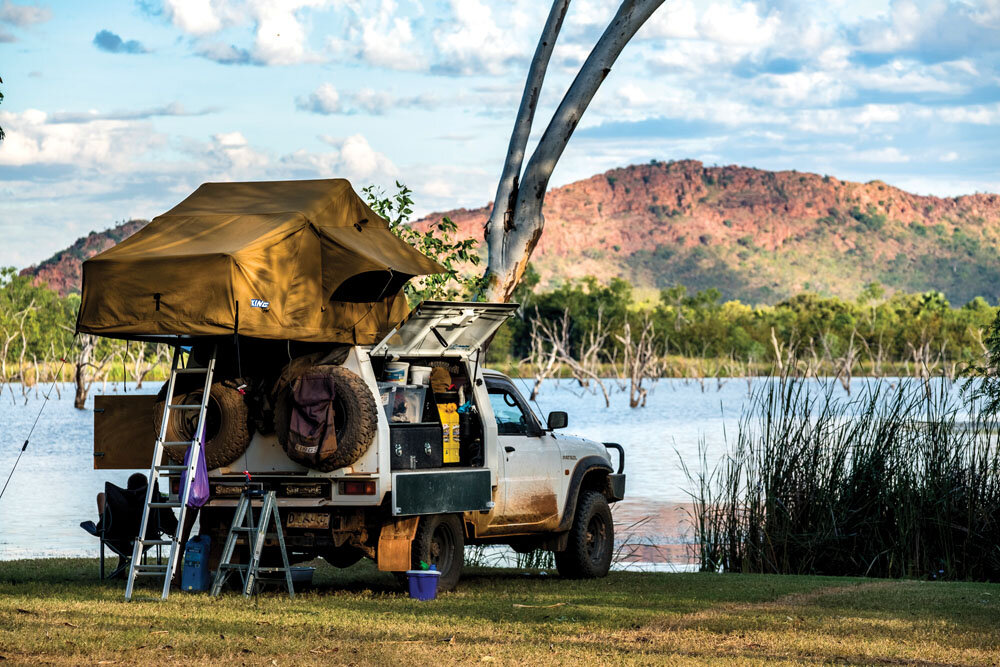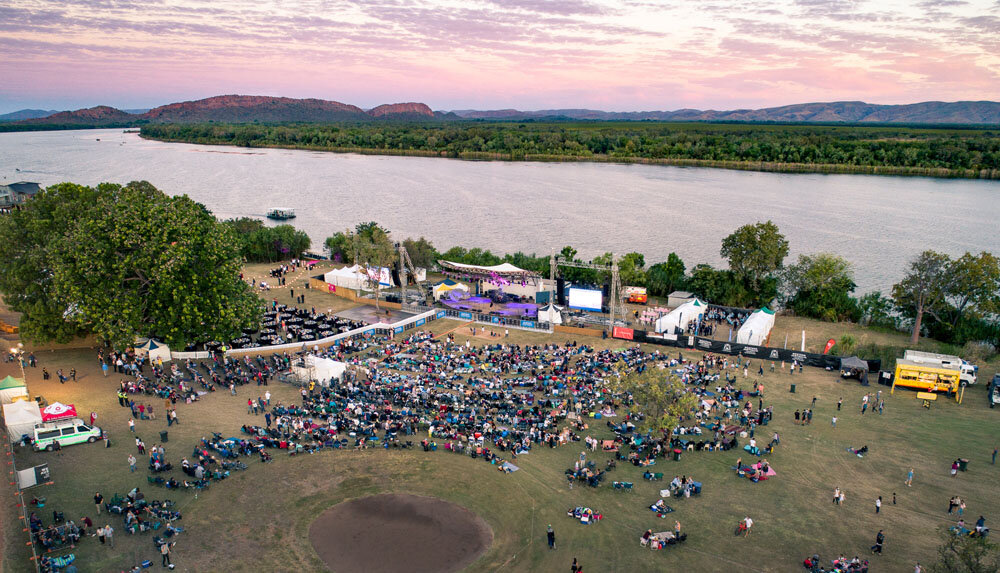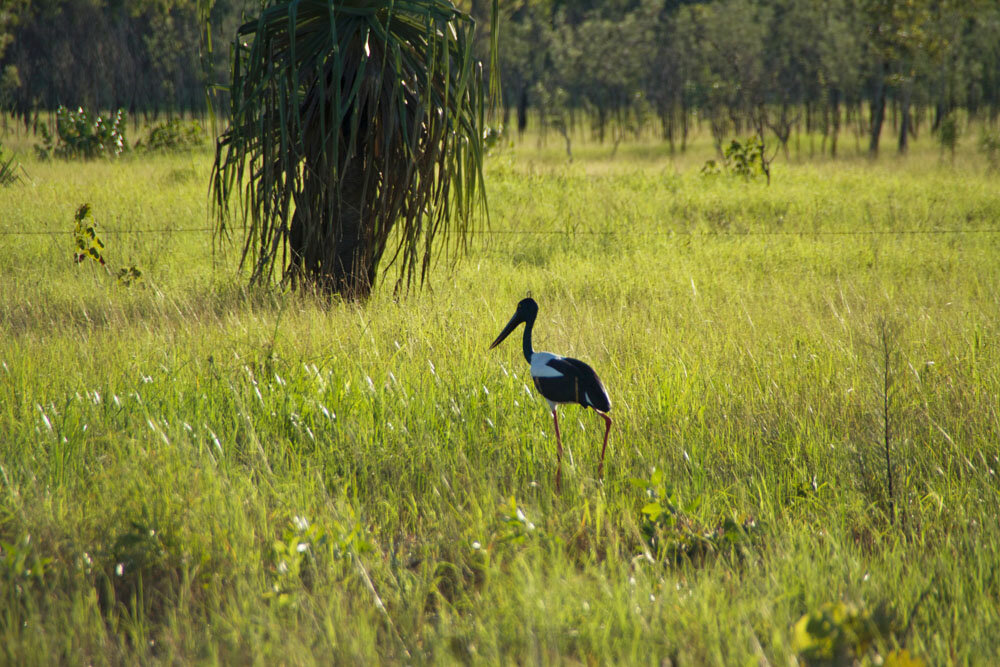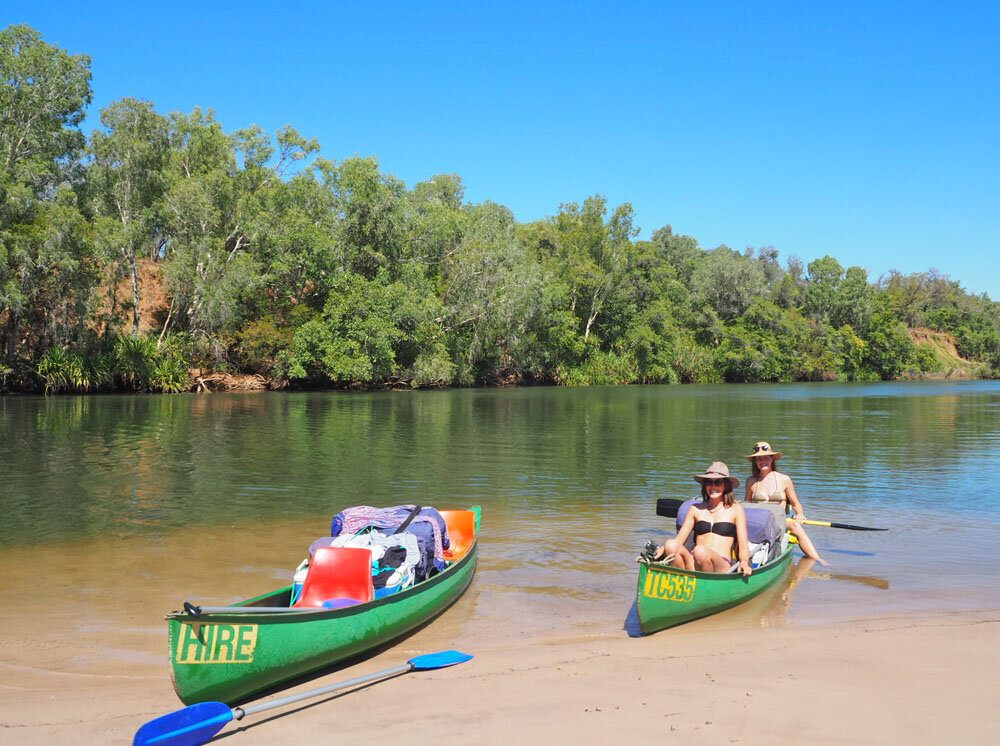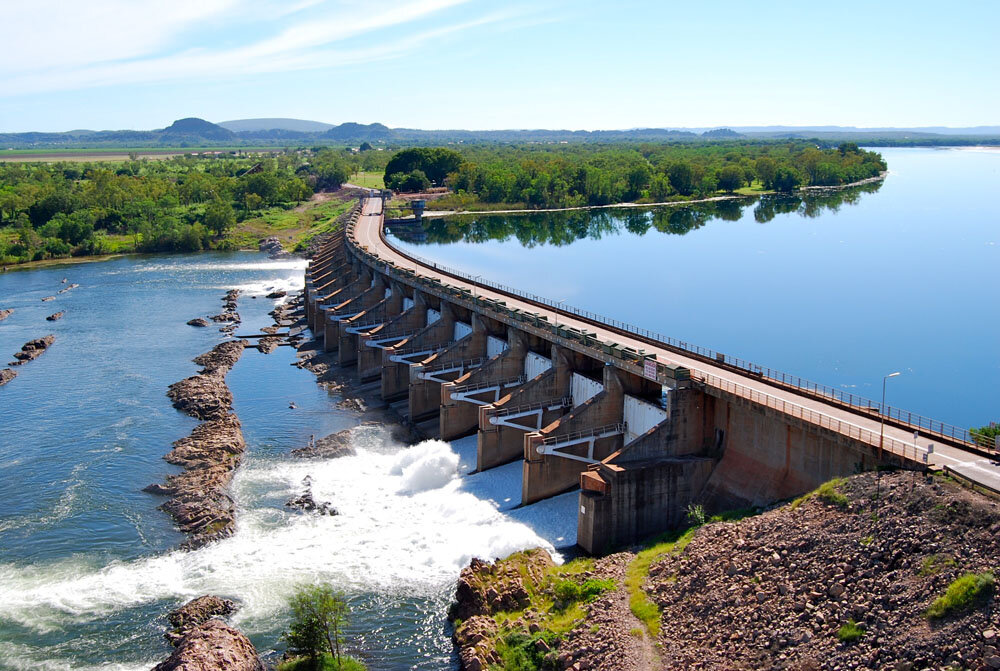Header image by Jampal Williamson.
In the far east of the vast Kimberley region, just 37km shy of the WA/NT, border is the town of Kununurra, a nice stop for anyone overlanding between Broome and The Territory. With a name that many find hard to pronounce (break it into two. Kunna. Nurra) and surrounded by such icons as Purnululu National Park (the Bungle Bungles), El Questro, Lake Argyle and the mighty Gibb River, Kununurra is often pigeon-holed as a quick fuel and supplies stop enroute to other attractions. But this little outback town is full of natural wonder and local people with interesting stories.
“The word Kununurra means ‘river’ in the Miriwoong language. Rivers, waterfalls and springs flow within half an hour’s drive from the town’s centre. ”
Freshwater abounds in the traditional country of the Miriwoong and Gajirrabeng people, with the word Kununurra meaning ‘river’ in the Miriwoong language. Rivers, waterfalls and springs flow within half an hour’s drive from the town’s centre. In the recently released book ‘100 Things To See In The Kimberley’ author and local tour guide (and my little brother) Scotty Connell has dedicated a chapter to our home region of Kununurra and the east Kimberley, with many of things he recommend we see being water-based. “I moved from Broome to Kununurra in my early 20’s after falling in love with waterskiing on the Ord River. I loved the freshwater lifestyle amongst the mountains,” says little brother. “The freshwater invigorates me in a way that nothing else can. A lot of the spots in the book involves swimming. It’s a daily ritual for me, wherever I am”. This is the case for many of Kununurra’s residents, who spend their leisure time boating the Ord or bush bashing for waterfalls.
If you’re craving a little freshwater invigoration for yourself, without the bush bashing, a great place to start is at Swim Beach. There’s a sandy beach and it’s a popular swim spot for Kununurra’s locals (Kununurra-ites? Kununurrarians?) plus a few thousand crocs. Freshwater crocs, that is. This spot on the Upper Ord is especially magic just before sunset, when the glassy water reflects pink and orange clouds and kiddies are silhouetted as they leap from the branches of a drowned tree. You’re sure to capture a great happy snap here and you may be lucky enough to see a happy snapper (freshie), though they usually disappear when people are around
““Lake Kununurra has one of the densest populations of freshwater crocs in Australia.”
“Lake Kununurra has one of the densest populations of freshwater crocs in Australia with no shortage of spotting opportunities”, says Dylan Lodge from Triple J Tours. “One of the best places to find these shy creatures is in the top section of this waterway towards the base of the Argyle dam wall. The water is much cooler in these top parts which means the crocs spend more time out sunbathing, which of course means it’s easier for us to spot them”. At the base of Argyle’s dam wall you’ll also notice the Ord hydro plant. This plant is the largest generator of renewable energy in Western Australia and it provides green energy to the nearby towns of Kununurra and Wyndham, plus the Argyle Diamond Mine. The boat ramp here is the launching point for various Ord River tours. “Getting out onto the Ord is a must do while you’re here,” says Scotty. “Triple J run some great half day cruises and Go Wild offer self-guided canoe trips. Imagine two or three days of paddling, swimming and fishing, then sleeping under the stars at riverside camps. There are some amazing spots along the river, like Carlton Gorge. The various secret springs and creeks which flow into the river are also a treat”.
“The freshwater invigorates me in a way that nothing else can. A lot of the spots in the book involves swimming. It’s a daily ritual for me, wherever I am.”
The Ord River is the arterial vein that supplies a constant and steady flow of fresh water to neighbouring farmland. There’s no shortage of fresh produce being grown with crops including mangoes, melons and chia. For full-flavoured bananas, head to Reach Beyond across the Diversion Bridge at the start of Packsaddle Road. Next, take a drive down Riverfarm Road to pick up more seasonal produce such as zucchini, squash and cucumbers from local sellers including Rock Solid Produce. For something with a unique Kimberley flavour and packed with Vitamin C, grab a boab nut and crack it open. You can eat the powdery pith inside.
After you’ve stocked up on your fresh produce on Riverfarm Road, turn left onto Ivanhoe Road and drive another five kilometres to Ivanhoe Crossing, a concrete causeway that was originally part of the road to Wyndham before Kununurra existed. After the road was flooded in the ’60s (as part of the Ord Irrigation Scheme) it became a favourite spot for locals to flick a line for barra. But stay on guard because the occasional saltie is known to lurk near the causeway. If the gate’s open and it’s safe to cross, you can drive through the water and then follow the old Wyndham road to reach Valentine Springs, Middle Springs and the wet season waterfall of Black Rock Falls. All three waterholes flow straight after the rain. Continue onto Parry Creek Road and you’ll begin to feel like you’re somewhere in Africa. The scenery is wild and there are glorious wetland areas that attract all kinds of birdlife including Brolga and Jabiru. Take some time out at the bird hide at Marlgu Billabong. Marlgu means ‘wild bird’ in the local Miriwoong language and you’ll spot plenty of them here, especially at dawn or dusk. If you use your imagination, you may even hear the voice of David Attenborough pointing out the croc lurking just beneath the lillies.
On your loop back to Kununurra you’ll find the modest, but pretty, Molly Springs. The swimming hole is only big enough to do three or four breaststrokes across, but it’s spring-fed and runs year-round, plus it’s just a short walk from the car park. Molly is about 30km west of Kununurra in the Ngamoowalem Conservation Park (try and say that name quickly three times), down a blink-and-you’ll-miss-it dirt track near the Weaner Creek crossing. It’s a culturally significant site for the Miriwoong people, who used to camp here and hunt goannas and kangaroos. They would get their fix of sweets from the sugarbags (honey) in the hollow trunks of surrounding Eucalyptus minata (Woollybutt tree) which provide a home for native, non-stinging bees. “To learn more about Miriwoong culture, contact Waringarri Arts who offer tours with local legend Ted ‘Yumbun’ Carlton and other guides”, suggests Scotty.
Waringarri Arts is on Speargrass Road, opposite the turn-off for Kelly’s Knob scenic look-out. The art centre supports the work of over 100 local indigenous artists. There are canvases painted with natural ochres that communicate the special connection that the Miriwoong people have with the country. A connection that remains strong, despite many Aboriginals having been forced off their land during the development of the pastoral industry and also the Argyle/Ord irrigation scheme. A great time to visit is during Kununurra’s Ord Valley Muster when Waringarri hosts the Corroboree Under The Stars with singing, dancing and eating traditional ground cooked beef and damper. Keep an eye on Waringarri’s Facebook page for their various events and tour days. Or be here for the Kimberley Moon Festival, the biggest music festival in the north west.
If you’re after some evening entertainment, head to The Pumphouse Restaurant, cantilevered over the Ord River. The building itself was once an important part of the Ord River Irrigation Scheme, serving as the Main Pump Station, but was de-commissioned in 1971. The views from the balcony are breathtaking, especially at sunset. It may leave you scratching your head as to why there aren’t more restaurants and cafes around Lake Kununurra. Sundays are our pick of the days, when The Pumphouse serves pizza and tapas around sunset between 5-7pm. For some more evening entertainment, drive through the gates at Kununurra’s picture gardens, an outdoor movie theatre run by community volunteers on weekends during the dry season. Arrive well before the gates open to secure prime position for your car, otherwise bring your camping chairs and sit up the front. You’ll undoubtedly feel an overwhelming wash of nostalgia for a bygone era. Kununurra truly is lucky to be one of the last places in Australia to have drive-in movies! The clear night sky overhead adds to the magic, with the occasional shooting star stealing your eyes away from the movie screen. Check out kpg.org.au.
If you’ve got some more time to spend in Kununurra, an absolute must-do is a walk through Mirima National Park, which is also often referred to as ‘the mini Bungles’. Unlike Purnululu (the Bungles), the sealed road into Mirima doesn’t require a 4WD or hours of pothole-dodging. This incredible national park is right on the edge of town and is accessible year-round. Late afternoon is best, when the rocks glow sunset orange. There are four walking trails and some spectacular views over the national park and Kununurra. Slow down and you may even spot some flighty, colourful finches or a rock wallaby. Don’t worry if you don’t spot any wallabies, they can be pretty shy and there’s somewhere else where you can get up-close with them. Kangaroo Haven at Egret Close is a not-for-profit wildlife rescue run by the very passionate Mandy and her volunteers. For a small donation (or large, if you’re feeling generous) Mandy will introduce you to some of her rescued wildlife and she may even share a funny story or two about the time that Aussie comedians Hamish and Andy dropped by. That’s just the way it is in Kununurra. Everyone has a story. Hang around for long enough and you’ll leave with a few good stories too.
Planning on visiting Kununurra - get a copy of 100 Things To See In The Kimberley - the only guidebook written by a local.
This article originally featured in ROAM magazine, issue 39. It’s been republished here with our gratitude.
